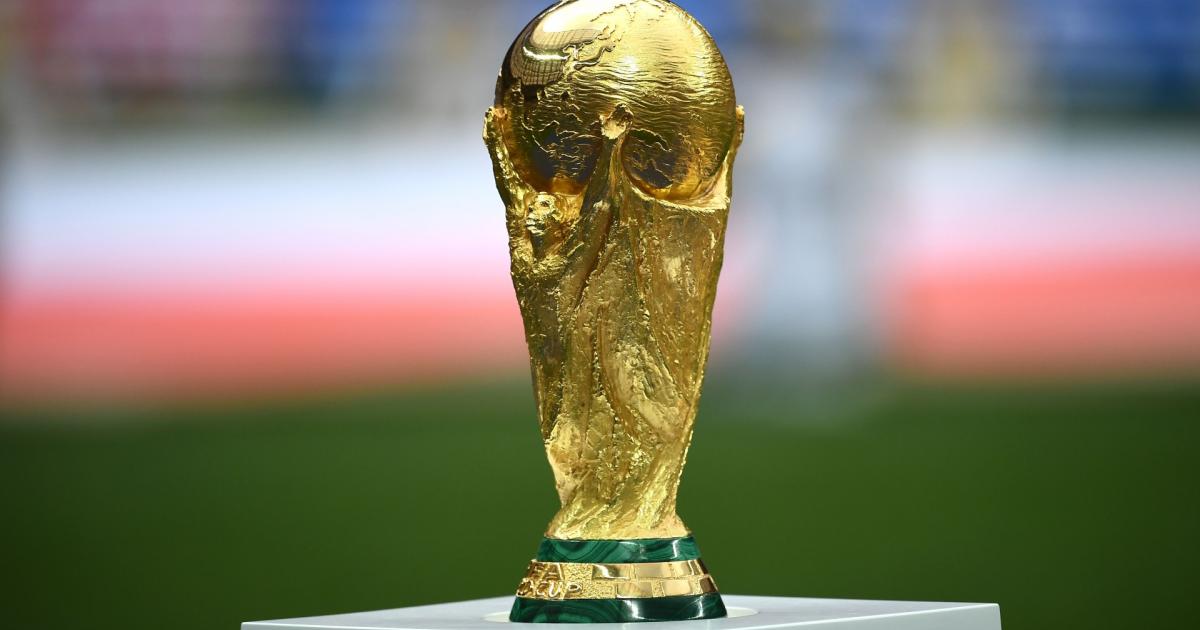 With the final places at the 2022 Qatar World Cup on the verge of being completed, with only a few remaining in the summer, we look at which teams have booked their place at the tournament. Plus, we will break it down federation by federation as well as looking at the potential inter-confederation play-off match-ups www.camisetasclubes.com
With the final places at the 2022 Qatar World Cup on the verge of being completed, with only a few remaining in the summer, we look at which teams have booked their place at the tournament. Plus, we will break it down federation by federation as well as looking at the potential inter-confederation play-off match-ups www.camisetasclubes.comThe draw for the 2022 World Cup in Qatar is nearly here. Just a few qualifying matches remain before the FIFA ranking that will be used to determine the draw is revealed. (Photo by comprar camisetas de futbol baratas)
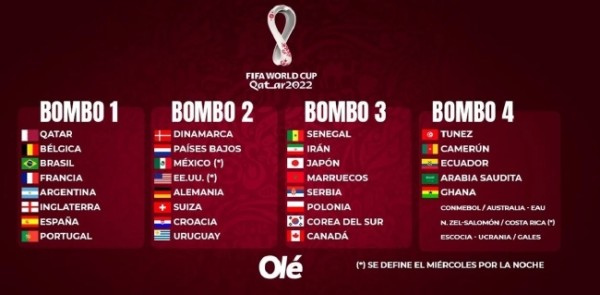
World Cup qualifying has been coming thick and fast over the past few days as the final spots get confirmed ahead of Friday’s draw. Remarkably, we still won’t know every team who will be playing at Qatar 2022 by the end of this window with the inter-confederation play-offs coming on June 13-14 as well as Ukraine’s tie with Scotland getting pushed to June.However, we are close to the final line-up, so let’s break it down (scroll to the bottom for the full list of qualified nations)...
One team from each of the four pots will be drawn into eight groups that will be selected at random in Friday’s draw. As the host, Qatar automatically secures a spot in Pot 1, while the rest of the teams—except for those who will contest playoffs in June—fall based on the March 31 FIFA ranking. The oddity of the draw is that it will be conducted with three places at the World Cup still to be claimed. Two intercontinental playoffs and one UEFA playoff (postponed from this window due to Russia’s invasion of Ukraine) will be contested in June, with the three eventual winners having spots designated for them in the draw.
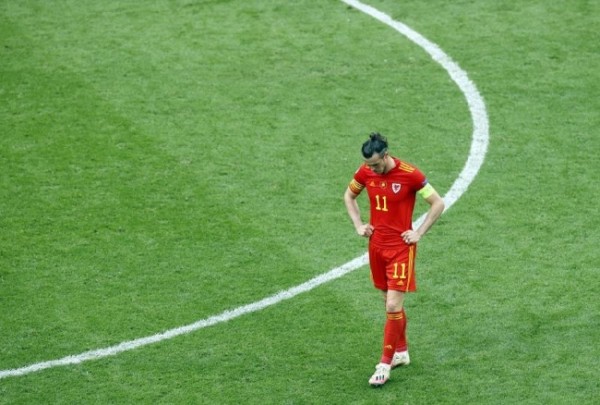
Qatar have long been confirmed for obvious reasons. It might be the last time for a while that we see a single team qualify automatically with a three-way host in 2026 (US, Canada and Mexico) and plenty of multi-team bids for 2030.
Top team qualifies automatically. The 10 runners-up as well as the two best Nations League group winners went into a 12-team play-off structure with three effective paths of four teams each that will provide three qualified teams.
On Tuesday night, Poland and Portugal booked their places. That gives us the following list of qualified teams from Europe.
Here’s a look at the potential scenarios as things stand (with the expected FIFA ranking numbers crunched by camisetasclubes.com):
Pot 1
Qatar
The Qatar national football team represents Qatar in international football, and is controlled by the Qatar Football Association and AFC. The team has appeared in ten Asian Cup tournaments and won it once in 2019. They play their home games at Khalifa International Stadium and Jassim Bin Hamad Stadium.
France

The France national football team represents France in men's international football and is controlled by the French Football Federation, also known as FFF. The team's colours are blue, white, and red, and the coq gaulois its symbol. France are colloquially known as Les Bleus.
Brazil
The Brazil national football team, nicknamed Seleção Canarinho, represents Brazil in men's international football and is administered by the Brazilian Football Confederation, the governing body for football in Brazil. They have been a member of FIFA since 1923 and a member of CONMEBOL since 1916.
Belgium
The Belgium national football team officially represents Belgium in men's international football since their maiden match in 1904.
Argentina
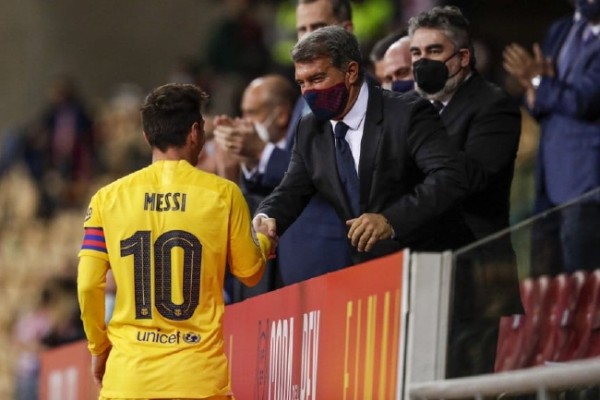
The Argentina national football team represents Argentina in men's international football and is administered by the Argentine Football Association, the governing body for football in Argentina. Argentina's home stadium is Estadio Monumental Antonio Vespucio Liberti in Buenos Aires.
England
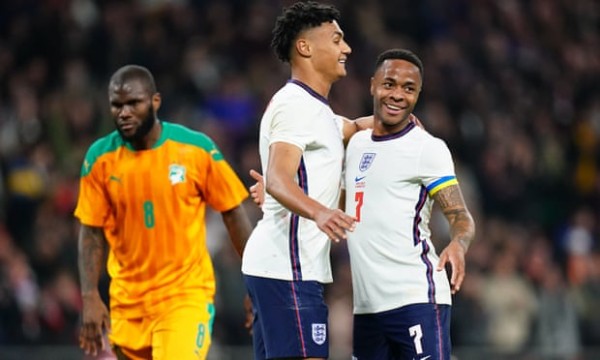
The England national football team has represented England in international football since the first international match in 1872.
Spain
The Spain national football team represents Spain in international men's football competitions since 1920. It is governed by the Royal Spanish Football Federation, the governing body for football in Spain.
Portugal
The Portugal national football team has represented Portugal in international men's football competition since 1921. The national team is controlled by the Portuguese Football Federation, the governing body for football in Portugal.
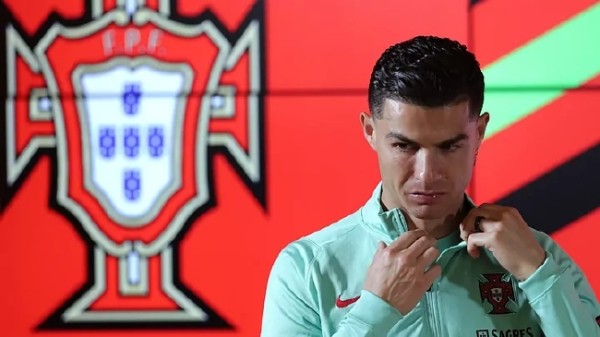
The first pot of the draw is set thanks to Portugal’s triumph on Tuesday. Host Qatar will be a desired Pot 1 grouping for many teams, while top-ranked nations Brazil, Belgium and France follow. The largest omission from this stacked group? FIFA’s current No. 6-ranked team, Italy. The Azzurri were stunned by North Macedonia in their UEFA qualification playoff semifinal and will now miss their second straight World Cup. The nation second to only Brazil in Cup wins (and last year’s European champion) will have to wait another four years to end its drought. (Photo by camisetas de futbol baratas)
Pot 2
Netherlands
The Netherlands national football team has represented the Netherlands in international men's football matches since 1905. The national team is controlled by the Royal Dutch Football Association, the governing body for football in the Netherlands, which is a part of UEFA, and under the jurisdiction of FIFA.
Denmark
The Denmark national football team represents Denmark in men's international football competition. It is controlled by the Danish Football Association, the governing body for the football clubs which are organised under DBU.
Germany
The Germany national football team represents Germany in men's international football and played its first match in 1908. The team is governed by the German Football Association, founded in 1900.
Switzerland
The Switzerland national football team represents Switzerland in international football. The national team is controlled by the Swiss Football Association. Switzerland's best performances at the FIFA World Cup were three quarter-final appearances, in 1934, 1938 and 1954.
Uruguay
The Uruguay national football team represents Uruguay in international football, and is controlled by the Uruguayan Football Association, the governing body for football in Uruguay. The Uruguayan team is commonly referred to as La Celeste.
Croatia
The Croatia national football team represents Croatia in men's international football matches and is controlled by the Croatian Football Federation. The team was recognised by both FIFA and UEFA following dissolution of Yugoslavia.
Still Waiting:
USA
The United States men's national soccer team represents the United States in men's international soccer competitions. The team is controlled by the United States Soccer Federation and is a member of FIFA and CONCACAF.
Mexico
The Mexico national football team represents Mexico in international football and is governed by the Mexican Football Federation. It competes as a member of CONCACAF. Mexico has qualified to sixteen World Cups and has qualified consecutively since 1994, making it one of six countries to do so.
Senegal
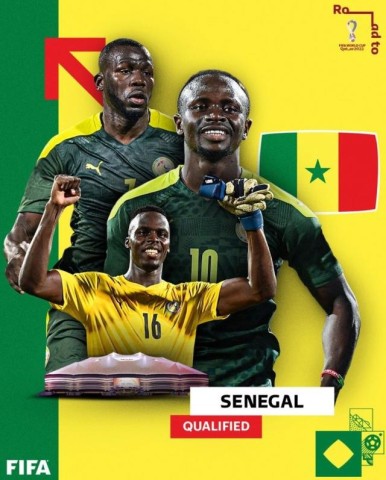
The Senegal national football team, nicknamed the Lions of Teranga, represents Senegal in international association football and is operated by the Senegalese Football Federation. Senegal advanced to the quarter-finals of the 2002 FIFA World Cup, becoming the second team from Africa.
This is likely where the two highest-ranked teams out of Concacaf will fall. Barring a six-goal loss by the U.S. or a big loss to El Salvador by Mexico combined with a hefty Costa Rica win over the Americans, both teams will qualify without having to play in the intercontinental playoff. That means joining the likes of 2014 champ Germany, 2018 runner-up Croatia and others in the second pot. If collapse happens for either the U.S. or El Tri, Senegal enters the fray. If not, the highest-ranked African nation and reigning Cup of Nations winner is headed to Pot 3. (Photo by camisetas de futbol)
Pot 3
Iran
Iran national football team, recognised by FIFA as IR Iran, represents Iran in international football and is controlled by the Football Federation Islamic Republic of Iran.
Japan
The Japan national football team, nicknamed the Samurai Blue, represents Japan in men's international football and it is controlled by the Japan Football Association, the governing body for football in Japan. Japan was not a major football force until the end of the 1980s, with a small and amateur team.
Morocco
The Morocco national football team, nicknamed "the Atlas Lions", represents Morocco in men's international football competitions. It is controlled by the Royal Moroccan Football Federation, also known as FRMF. The team's colours are red and green.
Serbia
The Serbia national football team represents Serbia in men's international football competition. It is controlled by the Football Association of Serbia, the governing body for football in Serbia.
Poland
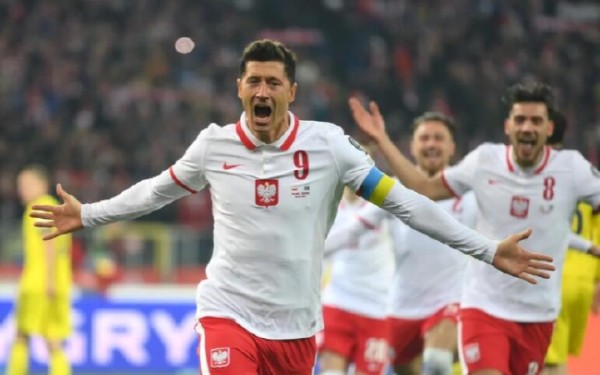
The Poland national football team has represented Poland in men's international football competitions since their first match in 1921. The team is controlled by the Polish Football Association, the governing body for football in Poland.
South Korea
The South Korea national football team represents South Korea in men's international football and is governed by the Korea Football Association.
Still Waiting:
Canada
The Canada men's national soccer team represents Canada in men's international soccer competitions at the senior men's level officially since 1924. They are overseen by the Canadian Soccer Association and compete in the Confederation of North, Central American and Caribbean Association Football.
Tunisia
The Tunisia national football team represents Tunisia in men's international football since their maiden match in 1957. It is governed by the Tunisian Football Federation, founded in 1957 after the Tunisian independence in 1956. Tunisia are colloquially known as The Eagles of Carthage.
Cameroon
The Cameroon national football team represents Cameroon in men's international football and It is controlled by the Fédération Camerounaise de Football. The team has qualified eight times for the FIFA World Cup, more than any other African team. However, the team has only made it once out of the group stage.
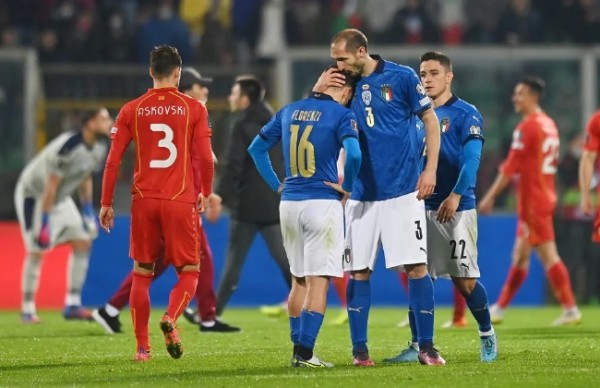
The story of Concacaf (and maybe of World Cup qualifying as a whole), Canada qualified for its first men’s World Cup in 36 years. Its expected FIFA ranking means it will fall into either the third or fourth pot, pending Wednesday’s results. If Canada drops into Pot 4 and either the U.S. or Mexico is somehow sent to the intercontinental playoff as well, Cameroon would also sneak into the third pot with Tunisia.
There’s lots going on here and not everything is decided, but the big picture is that this will consist of the three teams who are already locked in, most likely two of Canada, Tunisia and Cameroon, then the winners of the final European playoff and the two intercontinental playoffs. Wales, despite currently being ranked No. 20, will enter Pot 4 because of a delay in the playoff if it wins its matchup with the winner of Ukraine and Scotland. The intercontinental playoff will be populated by the fourth-place Concacaf team (most likely Costa Rica) playing the winner of the Oceania Football Confederation playoff, which will either be the Solomon Islands or New Zealand. The other playoff pits the winner of the Asian Football Confederation playoff (camisetas de futbol Niños) against the fifth-place team in CONMEBOL (Peru). The winners of both those matches will advance to Qatar in the fourth pot of the draw.
Media Contact
Company Name: Camisetas Sport Club
Contact Person: Niobicvid Li
Email: Send Email
Phone: 644192888
City: Madrid
State: Cabrils
Country: Spain
Website: https://www.camisetassportclub.com/
